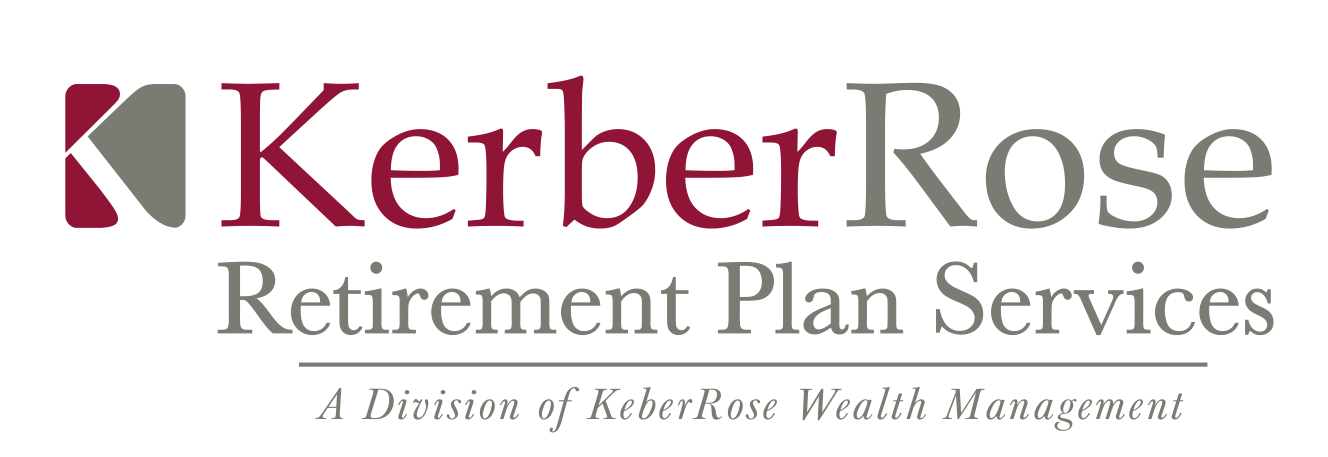Are you over the age of 50? You are eligible to contribute an additional $7,500 into your plan as a catch-up contribution. See how much you could potentially save over the course of 17 years in this short read.
How Resuming Student Loan Payments Affects Sponsors
After a 3-year deferment period for student loans, interest begins to accumulate again on September 1, while payments resume October 1. What does this mean for plan sponsors? As employees prepare to, once again, deal with the financial burden of student loans, sponsors have an opportunity to help lessen the load and ensure retirement contributions don’t fall to the wayside — learn how to help your plan sponsors today to prepare for their future tomorrow.
Empowering Gen Z: Setting Your Youngest Participants up for Retirement Success
Companies typically devote considerable attention to assisting their participants nearing retirement, yet they should also be focusing on getting their youngest workers enrolled — and contributing as soon as possible. So, what do we actually know about Gen Zer's' attitudes on retirement planning? Read on to learn.
A Glass Half Full: Why Women are 50% Less Prepared for Retirement
According to recent data from the National Council on Aging and the Women's Institute for a Secure Retirement, nearly half of women ages 25 and older lack access to a tax-advantaged, employer-sponsored retirement plan. Beyond closing the gender pay gap, employers can help women better prepare for a more secure retirement in a number of ways — read on to learn these strategies.
Technical Corrections to SECURE Act 2.0
Mistakes are inevitable in drafting legislation. This is especially true in tax legislation, as tax law is complex and more nuanced as compared to other areas of the law. Congress has informed the Treasury Department they intend to make four technical corrections to SECURE Act 2.0. Here are those changes:
Changes to Form 5500 Will Allow a Greater Number of Small Plans to Avoid the Annual Audit Requirement
Recent changes to the 2023 Form 5500 are intended to improve reporting of financial information and plan expenses. There are new compliance questions concerning safe harbor status and how a plan satisfied certain discrimination and coverage tests. To see how requirements compare from previous years, review our recent blog for answers.
In the future, Plan Sponsors Will Have to Pay More Attention to Allocating Unused Balances in Forfeiture and Revenue Credit Accounts
In the future, Plan Sponsors will have to pay more attention to allocating unused balances in forfeiture and fevenue credit accounts. A proposed rule pertaining to allocating forfeiture account amounts has an effective date of January 1, 2024. To learn more about these changes, read our latest blog.
Assets in Retirement Plans Top $35 Trillion
According to data released by the Investment Company Institute, retirement assets in the US grew by 3.5% quarter over quarter to $35.4 trillion, as of the first quarter of the year. Some good news is the data shows participants and IRA holders have not reacted to market volatility. See where the money resides in this short read.
How Much Is Enough?
The Six Types of Fiduciaries in Retirement Plans You Need to Know
Closing the Auto-Escalation Gap
High participation rates don't always translate to high deferral rates. By adopting a mix of strategies, plan sponsors can help encourage higher deferral rates, foster a culture of proactive retirement planning and help drive positive long-term outcomes for workers. If your employees have "fallen into the escalation gap," speak with your retirement plan advisor. See how a few strategies could benefit your retirement plan goals in our latest blog.
Customized Content Is Good Medicine for Retirement Readiness
From recent college grads struggling with student debt to seasoned professionals planning an imminent retirement, participants’ financial needs and goals are as diverse as the workforce they’re part of. In response, many organizations have chosen to implement a multi-faceted financial wellness offering, yet a one-size-fits-all approach simply falls short. To ensure your employees are left feeling confident with their wellness programs, see how you can educate them.
Participant Corner: Need a Tax Break?
You may be eligible for a valuable incentive, which could reduce your federal income tax liability, for contributing to your company’s 401(k) or 403(b) plan. If you qualify, you may receive a Tax Saver’s Credit of up to $1,000 ($2,000 for married couples filing jointly) if you made eligible contributions to an employer sponsored retirement savings plan. Use our chart to determine your credit for tax year 2023.
Benefits of Omnichannel Financial Wellness
The advantages of financial wellness programming for employers are well-documented and may include lower healthcare costs, higher worker retention, reduced absenteeism, and increased productivity. Although, not all financial wellness plans are created equal and boosting utilization rates can be an ongoing challenge. An effective omnichannel strategy can help plan sponsors engage more employees, regardless of their level of investing experience or financial literacy.
A More Nuanced 4% Rule?
In December 2022, Morningstar adjusted its recommended starting annual withdrawal rate for balanced retirement portfolios from 3.3% to 3.8%. The revision was based on an assessment of factors including recent equity valuations, bond yields, and inflation. This new rate, however, is still less than the 4% figure commonly cited in financial planning literature. See how plan sponsors can help with uncertainties down the road in this short read.
Your Plan Fiduciary Must-Do and Should-Do Lists
Your Plan Fiduciary Must-Do and Should-Do Lists: When you’re a plan fiduciary, you are prioritizing what ERISA law requires of you. You have a checklist of must dos, and also a list of things you should do proactively, which will keep the plan—and plan fiduciaries—out of trouble. Find out what items you should be doing, versus items you could be doing in our latest blog.




















